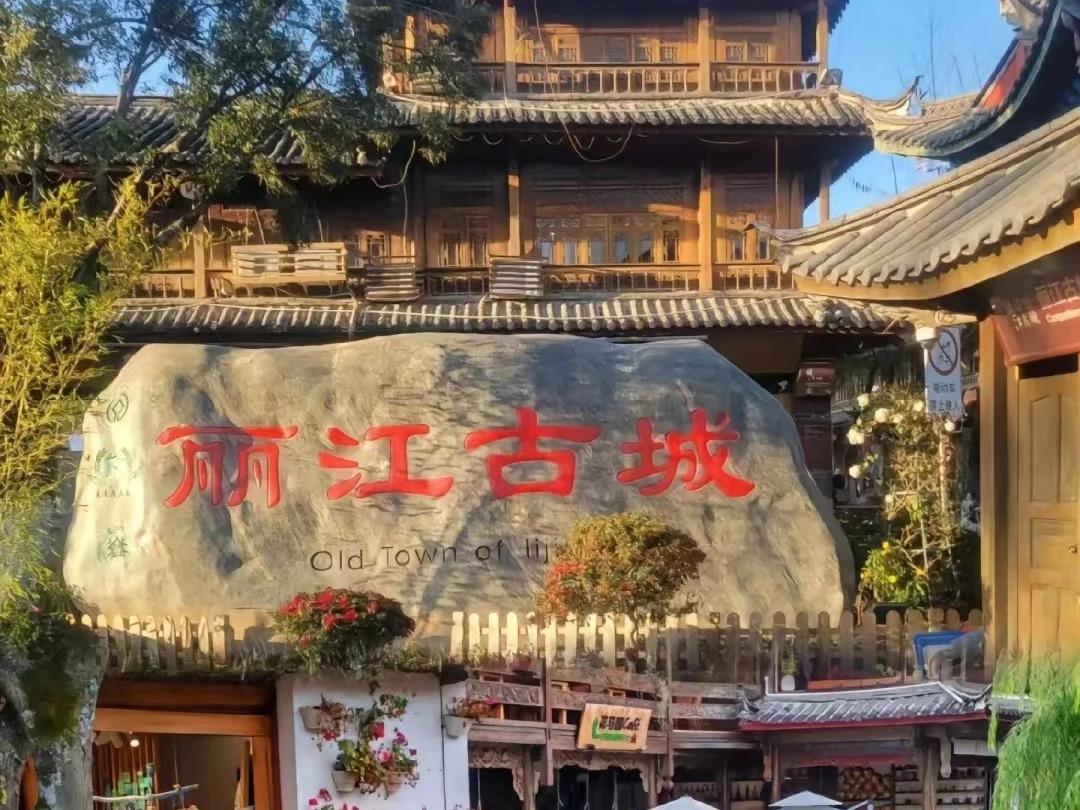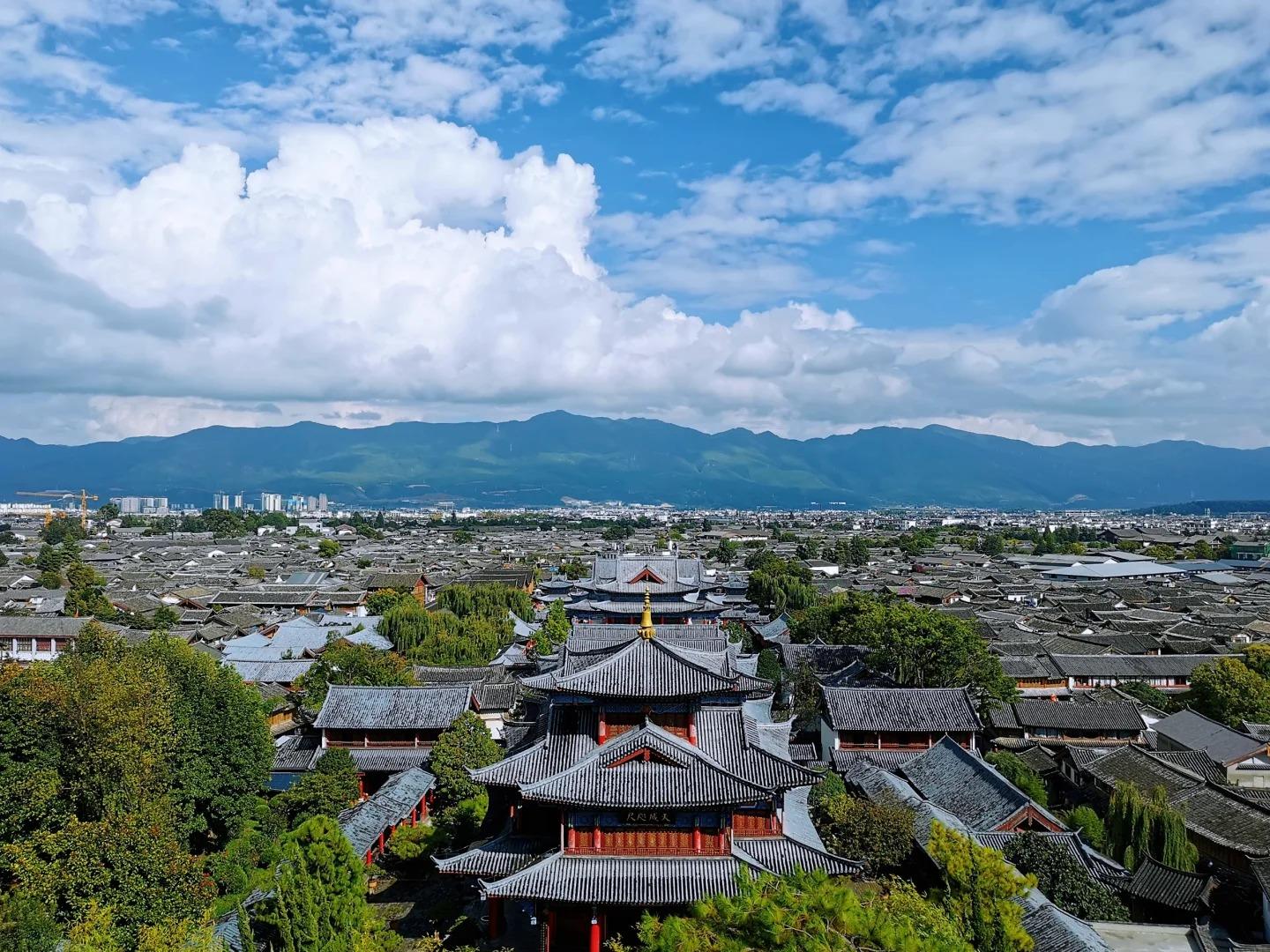Visiting Information
| Information | Details |
|---|---|
| Chinese Name | 丽江古城 (Lìjiāng Gǔchéng) |
| Location and Address | Gucheng District, Lijiang City, Yunnan Province, China |
| Opening Time/Hours | Open 24 hours (some individual attractions within the town may have specific hours) |
| Entrance Fee | Free to enter the old town; CNY 80 for a “Maintenance Fee” ticket (valid for 5 days) to access certain attractions within the town |
| How to Get There | By Bus: Take bus 8 or 11 from Lijiang Bus Station to the old town By Taxi: Available from anywhere in Lijiang city, short ride to the old town (Note: No metro system in Lijiang) |
| Best Time for Visit | March to June and September to November for mild weather and fewer crowds |
| Contact Info | +86 888 5105088 (Lijiang Tourism Bureau) |
Overview
Lijiang Old Town, also known as Dayan Old Town, is a UNESCO World Heritage Site located in Yunnan Province, China. It is renowned for its well-preserved ancient architecture, intricate water system, and rich Naxi ethnic culture. The town’s history spans over 800 years, making it one of the best-preserved examples of a traditional Chinese town.
Historical Background
Lijiang Old Town was established in the late Song Dynasty (960-1279) and flourished during the Ming Dynasty (1368-1644) and Qing Dynasty (1644-1911). It served as a crucial stop on the Ancient Tea Horse Road, a network of caravan paths winding through the mountains of Southwest China. The town’s unique blend of cultures, including Naxi, Tibetan, and Han Chinese influences, shaped its distinct character over the centuries. In 1997, Lijiang Old Town was inscribed as a UNESCO World Heritage Site, recognizing its outstanding universal value.
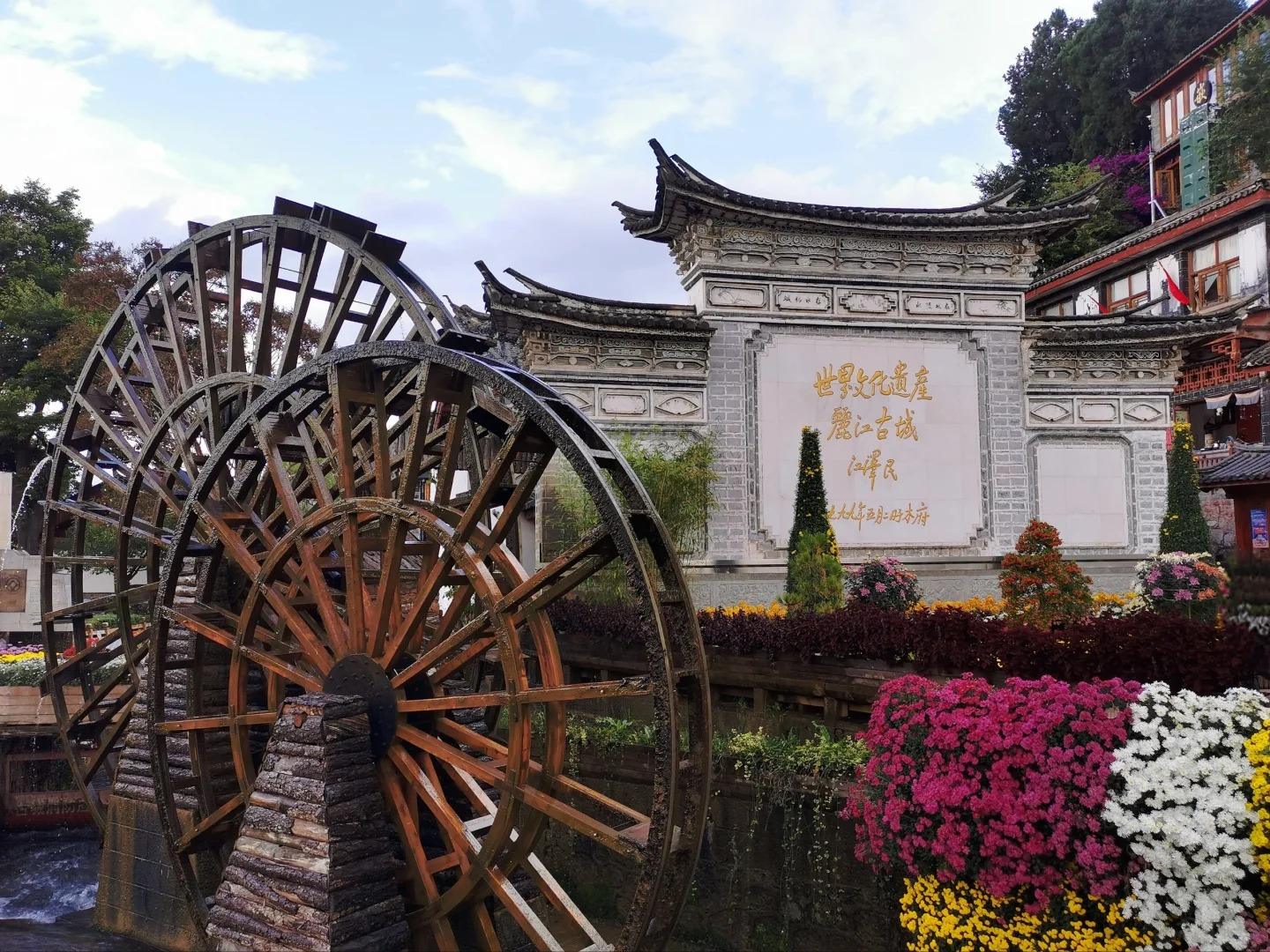
Architectural Features
- Water System: One of the most remarkable features of Lijiang Old Town is its intricate system of waterways and bridges. The town is crisscrossed by canals and streams, fed by the Jade River, which not only provide water for daily use but also contribute to the town’s picturesque scenery. The water system demonstrates the ingenuity of ancient Chinese urban planning and hydraulic engineering.
- Traditional Naxi Architecture: The buildings in Lijiang Old Town showcase the unique Naxi architectural style, characterized by timber-framed structures with upturned eaves, intricate wooden carvings, and beautifully painted murals. The houses typically feature courtyards and are arranged in a way that harmonizes with the natural landscape.
- Stone Bridges: Numerous stone bridges span the canals throughout the old town, each with its own distinct design and history. These bridges not only serve practical purposes but also add to the town’s charm and provide excellent photo opportunities.
- Narrow Cobblestone Streets: The old town is a maze of narrow, winding cobblestone streets that have remained largely unchanged for centuries. These pedestrian-friendly lanes are lined with shops, cafes, and traditional houses, creating a unique atmosphere that transports visitors back in time.
Cultural Importance
Lijiang Old Town holds immense cultural significance as the heart of Naxi culture and a melting pot of various ethnic influences. The Naxi people, with their unique pictographic writing system called Dongba, have lived in this area for centuries. The town preserves many aspects of traditional Naxi life, including music, dance, handicrafts, and cuisine. It also played a crucial role in the cultural exchange between Tibet, Yunnan, and other parts of China due to its position on the Ancient Tea Horse Road.
Surrounding Attractions
- Jade Dragon Snow Mountain: This majestic mountain range, visible from Lijiang, offers stunning natural scenery and outdoor activities. Visitors can take a cable car to enjoy panoramic views, explore the Blue Moon Valley, or watch the impressive “Impression Lijiang” outdoor performance.
- Tiger Leaping Gorge: One of the deepest river canyons in the world, Tiger Leaping Gorge provides breathtaking views and challenging hiking trails. It’s a popular destination for trekkers and nature enthusiasts, located about 60 km north of Lijiang.
- Shuhe Ancient Town: Another well-preserved old town near Lijiang, Shuhe offers a quieter, less touristy experience. It features similar architecture to Lijiang Old Town and is known for its leather-making tradition.
- Baisha Village: Located at the foot of the Jade Dragon Snow Mountain, Baisha Village is famous for its ancient Baisha Frescoes, which blend elements of Buddhism, Taoism, and Tibetan culture. The village offers insights into rural Naxi life and traditional crafts.
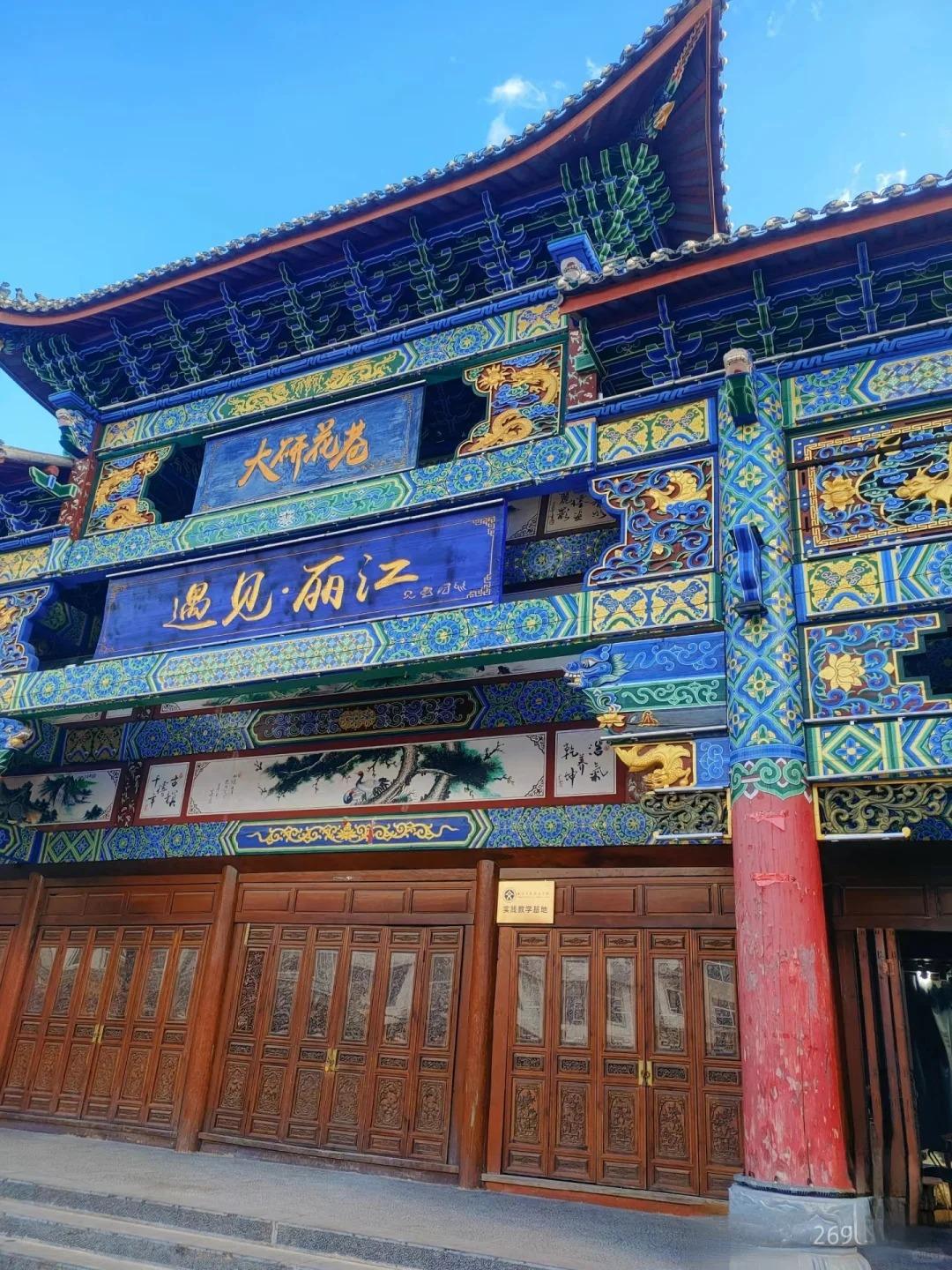
Photography Opportunities
- Canal Scenes: The network of canals running through the old town provides numerous opportunities for picturesque shots, especially early in the morning or during the golden hour. Reflections of traditional buildings in the calm waters create stunning compositions.
- Naxi Architecture: The well-preserved traditional buildings, with their distinctive rooflines and decorative elements, offer excellent subjects for architectural photography. Look for interesting details in doorways, windows, and courtyards.
- Street Life: The bustling streets of Lijiang Old Town are full of life, with locals going about their daily routines and visitors exploring the area. Candid street photography can capture the essence of life in this historic town.
- Panoramic Views: Climbing to elevated points like Lion Hill or Wangu Tower provides opportunities for sweeping panoramic shots of the old town with the Jade Dragon Snow Mountain in the background.
Modern Importance
- Cultural Preservation: Lijiang Old Town serves as a living museum, preserving the architecture, customs, and way of life of the Naxi people and other ethnic minorities in the region. Its UNESCO status has helped to ensure the protection of this unique cultural heritage.
- Tourism Economy: The old town has become a major tourist destination, attracting millions of visitors annually. This has significantly boosted the local economy, providing employment opportunities and promoting the development of tourism-related industries in the region.
- Educational Value: As a well-preserved example of traditional Chinese urban planning and architecture, Lijiang Old Town offers valuable insights for researchers, architects, and students interested in historical conservation and cultural studies.
- Sustainable Development Model: The management of Lijiang Old Town has become a case study for balancing tourism development with cultural and environmental preservation. It demonstrates how ancient towns can adapt to modern needs while maintaining their historical integrity.
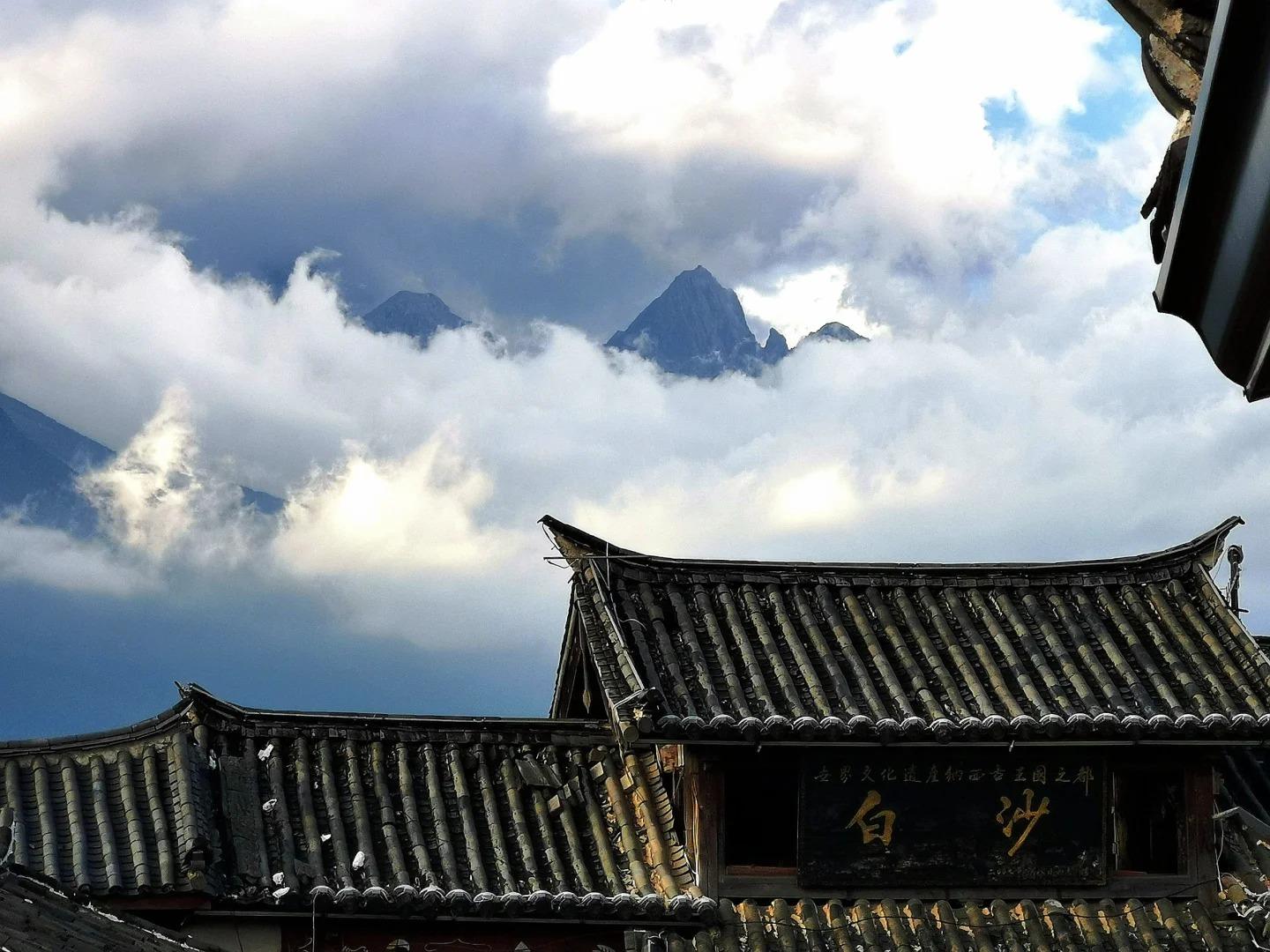
FAQ
- What is Lijiang Old Town famous for?
Lijiang Old Town is famous for its well-preserved ancient architecture, intricate water system, rich Naxi ethnic culture, and its status as a UNESCO World Heritage Site. It’s known for its picturesque canals, traditional Naxi buildings, and its historical importance as a stop on the Ancient Tea Horse Road. - What’s inside Lijiang Old Town?
Inside Lijiang Old Town, you’ll find a maze of narrow cobblestone streets, traditional Naxi architecture, numerous canals and bridges, shops selling local handicrafts and souvenirs, cafes and restaurants, museums showcasing local history and culture, and several historic sites such as Mufu Palace and the Square Street market. - Is Lijiang Old Town free?
Entering Lijiang Old Town itself is free. However, there is a CNY 80 “Maintenance Fee” ticket that’s required to access certain attractions within the town. This ticket is valid for 5 days and helps support the preservation of the old town. - Is Lijiang Old Town worth visiting?
Yes, Lijiang Old Town is definitely worth visiting. It offers a unique glimpse into traditional Chinese architecture and Naxi culture, set against the backdrop of stunning mountain scenery. Its well-preserved state and rich history make it a fascinating destination for those interested in culture, history, and photography. - What to do in Lijiang Old Town?
In Lijiang Old Town, you can explore the narrow streets and canals, visit museums and historic sites, shop for local handicrafts, try Naxi cuisine, watch traditional performances, climb Lion Hill for panoramic views, visit Wangu Tower, enjoy the nightlife at bars and cafes, and simply soak in the atmospheric old-world charm of the town. - How do I get to Lijiang Old Town in the local city?
In Lijiang city, you can reach Lijiang Old Town by:
1. Bus: Take bus 8 or 11 from Lijiang Bus Station to the old town.
2. Taxi: Easily available from anywhere in Lijiang city, it’s a short ride to the old town.
3. Walking: If you’re staying nearby, the old town is easily accessible on foot.
Note that there’s no metro system in Lijiang. - How to visit Lijiang Old Town?
To visit Lijiang Old Town:
1. Plan to spend at least a full day exploring, or ideally 2-3 days to fully appreciate the town.
2. Start early in the morning to avoid crowds and enjoy the peaceful atmosphere.
3. Purchase the Maintenance Fee ticket if you plan to visit specific attractions.
4. Wear comfortable walking shoes as you’ll be exploring on foot.
5. Consider hiring a local guide for insights into the town’s history and culture.
6. Respect local customs and the residents who still live in the old town.
7. Try to visit both during the day and at night to experience different atmospheres.
8. Be prepared for the high altitude (2,400 meters) and stay hydrated.


